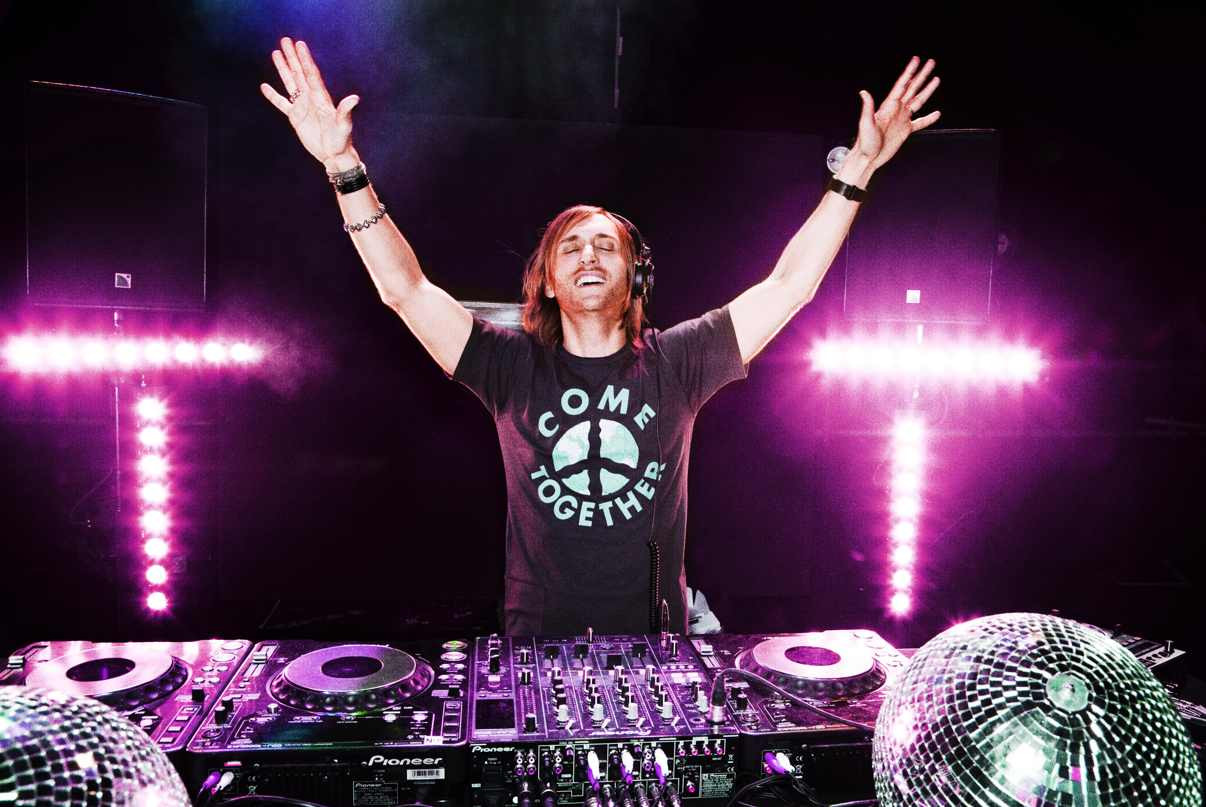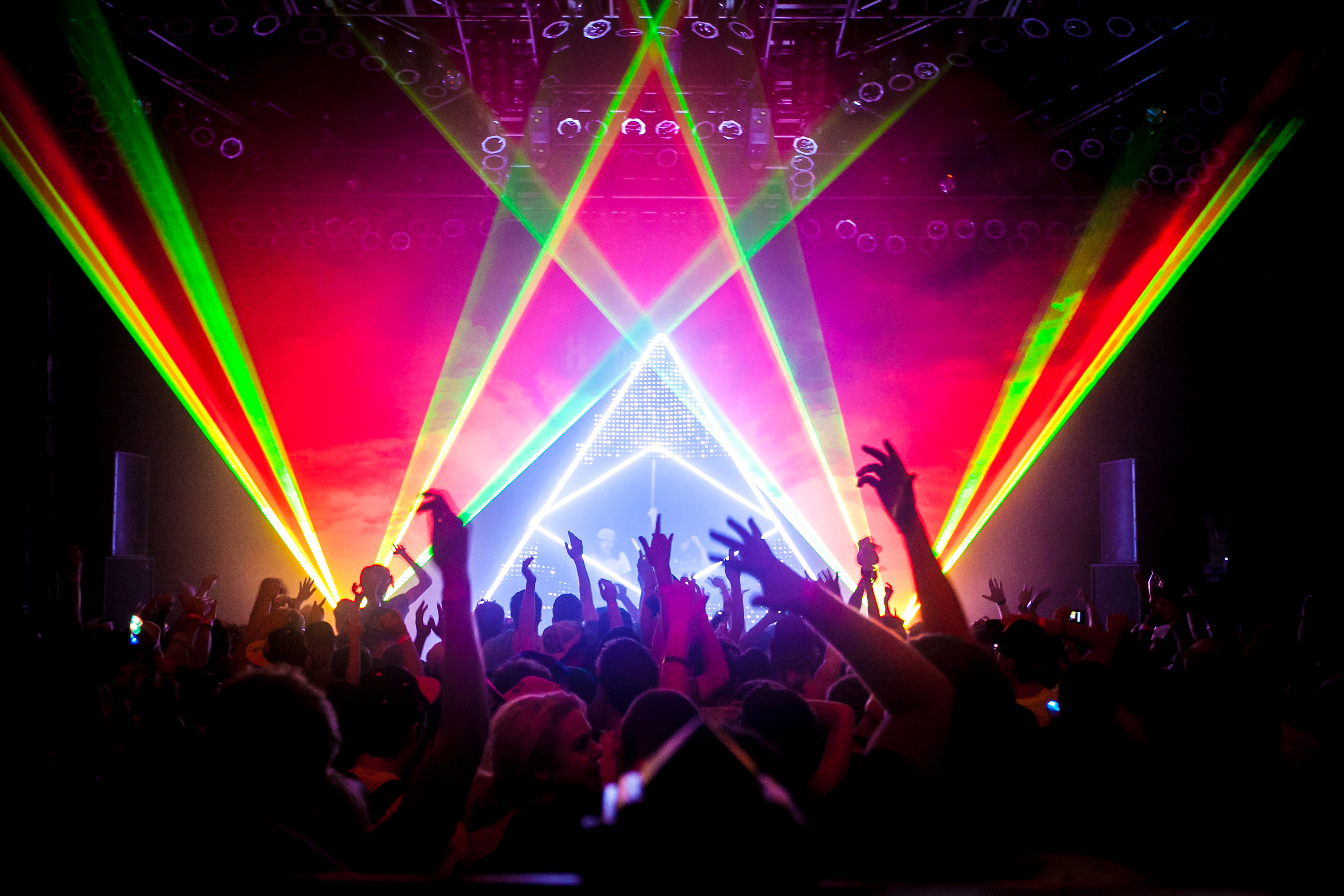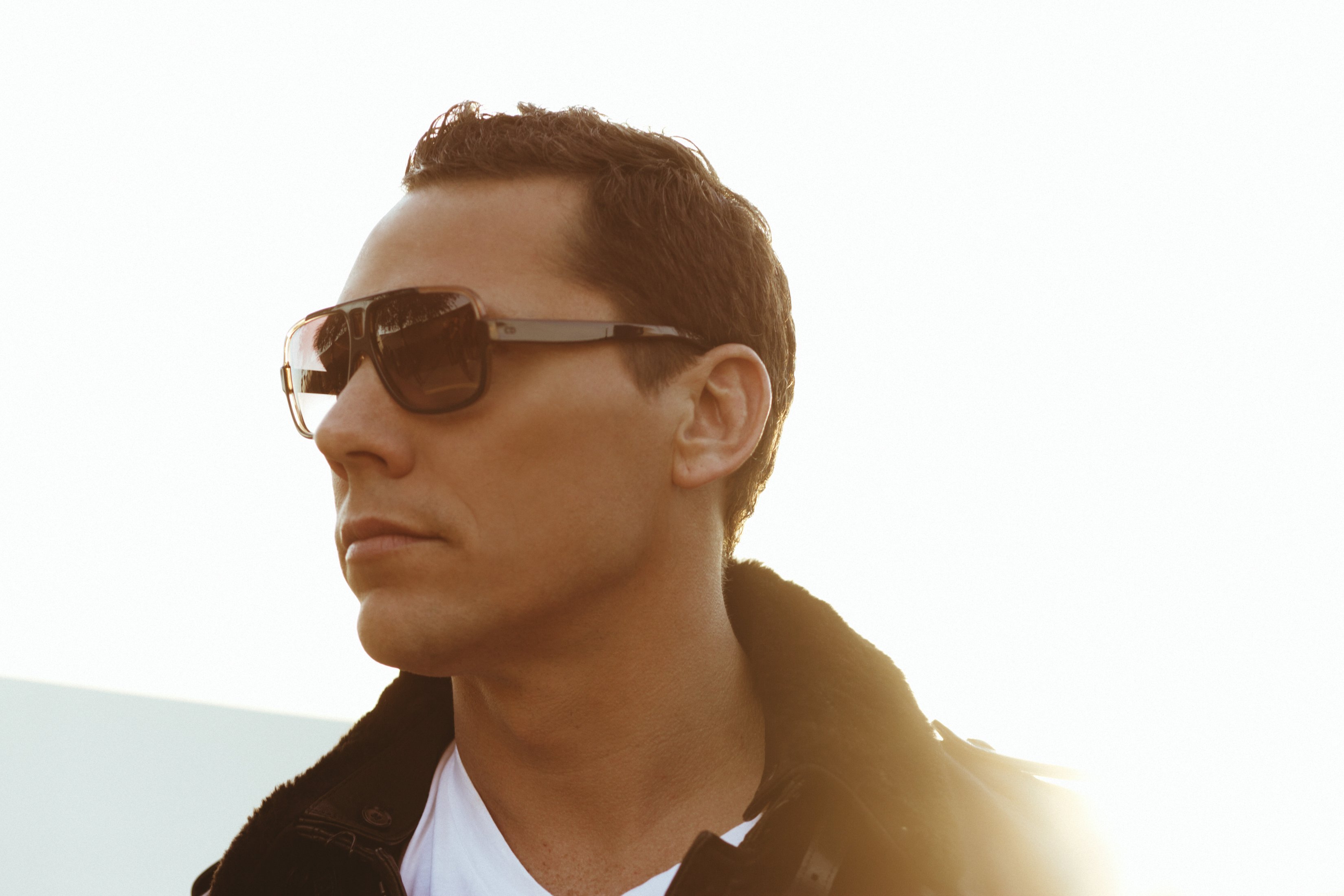Who’s your favorite DJ? Chances are that, in this day and age, that DJ is also a producer. Rarely do people make it big in EDM simply by mixing skill alone; instead, the ability to DJ well is complementary to making outstanding songs that shimmer and glisten through nightclub speakers. But there was a time in EDM’s history—in fact, for the majority of the movement’s development—that DJs weren’t big names, and producers were complete unknowns: the writer of any given popular track could walk into a club while it was playing and still not be recognized. What caused this shift in the way DJs are regarded, transforming them from “necessary evils” into global superstars?
Back when EDM first started to develop, the DJ was a nobody: he was that weird nerdy guy in the corner, stringing track after track together with seamless flow, solely for the pleasure of the partygoer. The producer was equally as unimportant: no one ever knew the name of the track that was playing, and no one cared who wrote it. EDM was about the collective—the symbiosis between the DJ and the crowd, the give-and-take of pleasure.
Now, the DJ is a god: handsome and confident, he is on a pedestal at the head of the crowd, and commands the attention of everyone at the party with charisma and charm. Gone is the two-way exchange of hedonistic bliss; instead, it’s a one-way transfer, from performer to audience. There’s no symbiosis at the modern rave—for the most part, they’re elaborate parties planned by rich production companies with monetary gain a more relevant motivation than genuine enjoyment.
How did EDM end up like this? Of course, like everything, musical subcultures change over time. A cultural meme is a small bit of cultural information that flows from one subculture to another and affects a change within it. Michel Gaillot documented this in his book Techno: An Artistic and Political Laboratory of the Present: taking a philosophical and sociological standpoint on the evolution of the techno scene in particular, Gaillot noted significant rock elements entering EDM, in the deification of the performer as a godlike figure as well as the emerging trend of extended careers and standout tracks.
Another big change from EDM’s early roots to today’s scene is the significant alteration of how the vocal is presented in the music. In Energy Flash: A Journey Through Rave Music and Dance Culture, author Simon Reynolds documented what vocals were like in the emerging Chicago house scene in the last 1980s: vocals were so heavily filtered, distorted and chopped into small pieces using the stutter technique that the end effect was “evacuating its soul and reducing it to a shallow effect”. Of course, this is a far cry from the big-room vocal house tunes of today: now, the singer is a figurehead, delivering emotion through the vocal and enhancing the entactogenic vibe of the rave itself.
Perhaps the most obvious example of the increasing iconography of the DJ is David Guetta. His brand speaks for itself: the mere title F*** Me I’m Famous indicates not only his own fame, but the increasing trend of producers and DJs becoming famous in dance music culture—and this iconography, as Gaillot noted in his study, is heavily influenced by rock culture and the celebration of the musician as an artist rather than a battery from which a dance party derives its energy. Guetta’s increasingly frequent collaborations with mainstream pop artists, like Rihanna, Fergie, LMFAO and Nicki Minaj further highlights house’s move away from the subtle, symbiotic underground and into the piercing spotlight.
Of course, David Guetta is not the only example of this trend. Building an empire based on the strength of a single track, Swedish House Mafia’s One, a collaboration with rapper Pharrell, has all the elements of superstardom: with a big vocalist, a driving and aggressive bassline, and an infectious melody, One is a bite-sized package chock full of elements that appeal more to a pop sensibility than an EDM one. Other producers and DJs, like Avicii, Kaskade and deadmau5, focus more on the spectacle of a live show—with elaborate stage setups and euphoria-enducing light shows—than on the small, intimate settings that EDM arose out of.
I’m on the fence about this issue: while I enjoy the popularity that many EDM genres are currently experiencing, I’m not a huge fan of large, rowdy crowds and excessive drug use at the shows I attend, alongside increased ticket prices from higher demand and large concert venues. I didn’t experience late-80s raves in their original and proper form, so there’s no way I could know if that would be preferable for me—but, regardless, I hope that the increasing levels of fame don’t affect the quality of the music we’ve all come to hold so dearly. Where do you stand? Share your thoughts in the comment box below!
Note: When moving to new servers we sadly lost some of our old posts, for that reason we will be sharing some of the very early Your EDM editorials and artist spotlights once again!









in one word… yes (it’s gone too far).
I think this can be said for just about any super-star status musician(s) that have ever been on stage in front of a large crowd.
I think people are starting to look at producers as musicians and DJing is their way of performing their work, why hate on someone who is being appreciated for their work? as long as the tunes are good and they aren’t in it for the fame then fuck it, go big or go home.
it just depends on the artist.
If you think that the early rave scene’s in Chicago and Detroit were drug free, you’re sorely mistaken, hell there was probably a GREATER percentage of people under the influence then there are today. As far as the new rockstar status of the DJ, I can speak as an underground DJ myself trying to make it in the LA EDM scene today, that DJ’s put in just as much work as actual musicians do, so why don’t they deserve to be rockstars? Their music touches people and invigorates them in the same manner so why wouldn’t they receive similar recognition. DJs were actually very under appreciated back in the day, cause how good would the parties be if the music wasn’t awesome? As far as the giant festivals going on nowadays, obviously its meant to make a few people extremely rich and its become very corporate, but at the same time look how freaking AWESOME it’s become. HUGE STAGES, GIANT LED DISPLAYS with shows that also show the artistry of VJs alongside the DJ. Its taken the idea of a party or a concert and took it to the next level, and if you have a problem with that….well, sorry.
DJs are not comparable to musicians. You can learn to DJ in a week and become great within a year, yet if someone is leaning to play violin, guitar, and piano it would take years to learn and get to a point where people want to hear you play. Completely different skills, one much more work than the other.
Do you know who BT is?
I think you can compare the dj’s these days with the artist these days. Artist have some good songs, witch sound great and everything. But when you hear them live they sound like Sh*t. Dj’s have some good songs, but you would rather just call them producers than dj’s, because most of them can’t realy dj like a dj. In my opinion the quality of the EDM music is already going downwards. Most of the songs don’t really sound original too me anymore. The tracks that sound new and fresh compared too what is already played, is real low this year so far in my opinion. Don’t get me wrong, I still love the music, but you just have to look harder to find some new real original fresh tracks.
The fame level of the dj’s is affecting the quality because people rather go hard on a track, because its a track from a certain dj, or played by a certain dj, than that they really love the song. Festivals are crowded with people who aren’t really known 2 the EDM scene, there just there so they can say they were at ‘THAT’ festival and they saw ‘THAT’ dj, rather that they say they heard a great set.
But there are still real dj’s, who can produce, and dj like a dj. Most of these nights were with dj’s I didn’t know till then, and played tracks I still don’t know the name of. But they dj-ed, with their love for music, trying too make sure the crowd had a good time, not caring how famous they were, how many people there were, how big the club was. Its just the dj, the crowd sharing their feeling trew music.
These dj’s are the real gods of the club, because walking home after a night like that, you will realise that the night you just had , will be a night you’ill remember in the years to come.
can we all agree on, fuck off david guetta?
The first paragraph of the article states that DJs are more likely than not also producers. A huge number of those DJs also play a number of instruments and have a very strong music theory background. Your point is irrelevant to this discussion
DJ’s do deserve respect. It’s an art form that anyone can do, but few really perfect it.
YES
Djs aren’t just technical skills and passionless jukeboxes. True DJs are the ones who play the right tune at the right time. It takes real skill to read the crowd and feel what they want to hear. This emphasis on pleasing the crowd for the pleasure of it is the real essence behind what a DJ is and how one should appreciate their musical knowledge and love of music. Yes of course traditional instruments take longer to learn, but that is only because they have had centuries of use. Djing is still very new, so there’s so much more evolution ahead of it. Look how far it’s come from the days of vinyl. Sure there are plenty who think the digital age has ruined traditional DJ art, but the basis of good Djing (right tune, right time) still exists. To do that is already a feat of awesome. Doing it as seamlessly as it is now would have blown minds just years ago.
With the drug culture… Well, even the ancients wanted to get high and listen to good tunes. You saw thousands enjoy a drug crazed rock culture and an equally drug crazed hippy culture. What’s different now is just real, solid knowledge of what really happens, and how to avoid from many “common sense” mistakes. Remember, alcohol is a drug too.
hence why dj’s arent famous producers are
If you watch on youtube there is a documentary called The History of House Music… it tells you even at its uprising there was the pill poppers and the euphoric feeling.. a force that was heavily influenced by disco music. I’ve felt I have always had House DJing in my blood. But I don’t don’t think I’d make it in EDM simply because of what you had explained… I spent my roots on mixing skill and music theory. But I won’t DJ just any party because I’ve had the practice, but because Id feel like somebody’s juke box. If you look at UK producer/DJ Kissy Sell Out. At his sets he purely mixes and with style and skill. I envy that type of talent… and not the “EDM” where a famous producer just plays his tracks along with some others that may mend well…. that just does not cut it as a DJ in my opinion… but then again that’s probably just me.
Cool story bro! but this article only shows to me that you don’t know what you’re talking about.
Nope, gotta disagree. Whether you love or hate his persona, when it comes to delivering the goods at a big show and really making it work for the crowd, he is definitely one of the best.
Guetta actually started off as French house, doing the underground route in Paris……he started off a completely different guy to what he is now. but, people expect him to act the way he is. If he released a deep french house track tommorow sure we’d love it but the majority of the public wouldn’t and his record company would give him a talking to
If you need drugs to enjoy EDM. You shouldn’t be listening to it at all.